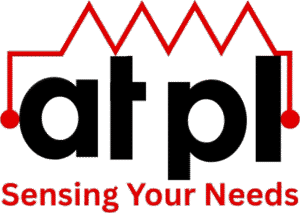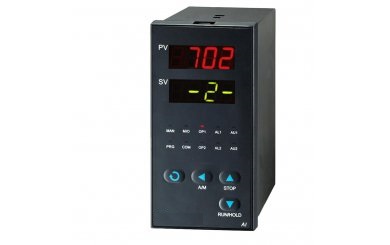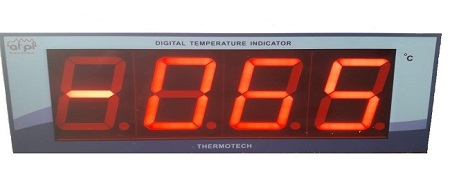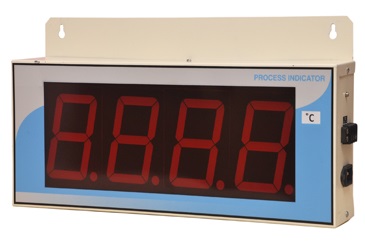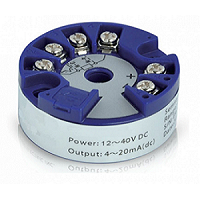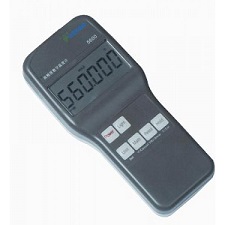
Digital Temperature Controller
Overview
A Digital Temperature Controller is a precision instrument designed to monitor and regulate Temperature in various industrial and laboratory processes. It measures the Temperature through connected sensors and controls the heating or cooling mechanism to maintain the desired setpoint. These controllers are commonly used in processes where Temperature regulation is critical for performance, safety, or quality control.
Working Principle
The controller receives input from a Temperature sensor (e.g., thermocouple or RTD), compares the actual Temperature to the desired setpoint, and performs ON/OFF control actions. If the Temperature deviates from the setpoint, the controller triggers a relay to turn the heating or cooling device on or off. Some models also feature automatic sensor break detection and protection.
Key Features
Sensor Input Compatibility:
J, K, R, S, B type Thermocouples & RTD (Pt100) – optionalDisplay:
3½ Digit, 7 Segment Red LED for clear visibilityAccuracy:
±1% of Full ScaleResolution:
1°C for general use
0.1°C for RTD input
Control Action:
Simple ON/OFF control logic for basic Temperature managementSensor Break Protection:
Auto-switch ON/OFF with break indication (“Open”)Power Supply:
180–230 V AC, 50/60 HzTemperature Setting:
Fine-tuning via adjustable setpointNo. of Input Channels:
Single-channel inputOperating Environment:
Humidity range of 35% to 85% RHDimensions:
Compact 96 × 96 mm enclosure
Applications
Ovens and furnaces
Laboratory heating units
Process equipment
Food and beverage industry
Plastic molding and extrusion systems
